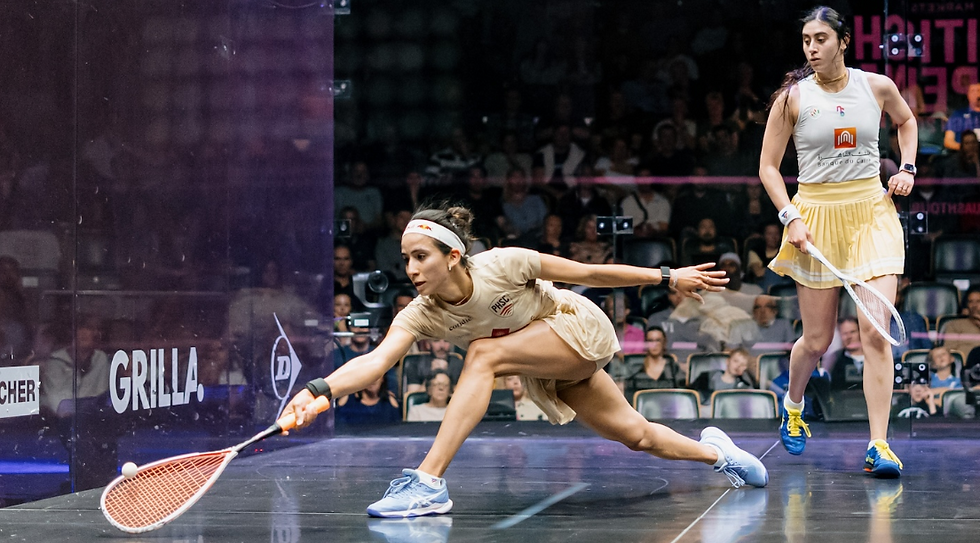Eighteen Minutes: Sport’s Fight for Fan Attention
- Markus Gaebel

- Aug 28
- 3 min read
In Red Torch’s published blog “18 Minutes Board Fights for Fan Attention”—the core message is blunt: sport isn’t losing to rival leagues, it’s losing the battle for attention. With audiences giving sport roughly 18 minutes of their daily social time amid an entertainment feed of billions, passion no longer guarantees consumption. Winners are those who engineer attention by earning authentic access to active communities, activating cultural relevance through agile club partnerships, and entering the broader wellness conversation—turning participation into sustained, measurable attention.

It’s not just about TV ratings or social-media likes any more.
The real battleground is share of attention – the finite, fiercely contested resources of audience time, interest and emotional investment. It’s the invisible economy every brand, platform and property trades in. As regards sport, we need to be honest: we often turn up late to the party.
Competition in entertainment is fierce
The average person now spends 2 hours 23 minutes every day on social media alone – that’s 143 minutes of potential influence, persuasion and consumption. But sport isn’t the only contender in town.
Globally, 2.89b people engage with various forms of entertainment content (e.g. music, gaming, streaming, memes, creators, live events) on social platforms. Sport captures 1.45b of them, roughly half the overall entertainment audience. Make no mistake, everything is considered entertainment now.
Sport’s slice of the action: 18 minutes a day sport's fan attention
Let’s get realistic. Data shows that a minimum of 55–65 % of a user’s daily social media time is spent on entertainment. If sport accounts for about a quarter of that time, users allocate 14–22 minutes a day to it. Let’s average it out at 18 minutes.

Now, remember that noise: there are over 750,000 sport-related accounts (e.g. federations, clubs, leagues, athletes, media outlets, influencers, fan pages) all vying for those same 18 minutes. Quick maths: 0.08 seconds of potential attention per account, per user, per day.
No wonder it feels hard to cut through the clutter. We’re not merely competing with rival teams or leagues; we’re competing with Mr Beast, Messi and Megan Thee Stallion – often in the same feed.
Why this matters for marketers
Run culture provides a powerful pathway for brands in the sport, wellness or lifestyle sectors. But it’s about more than ‘product seeding’.
Brands that thrive in this space excel in three key areas by:
earning authentic access – these runners are active participants, not passive audiences; they engage, share and advocate; a well-positioned brand can spark substantial impact with minimal noise
activating cost-effective cultural relevance – partnerships with clubs are often more agile and affordable than traditional sponsorships; they enable co-creation by combining content and events with genuine community involvement
entering the wellness conversation – clubs are broadening the definition of wellness to include mental health, recovery, sustainability, and inclusivity – if your brand aligns with these values, this is where you belong.
The uncomfortable truth: sport is under-delivering
Channelling my inner Mark Ritson, much of the industry operates with a false sense of security. We assume passion equals attention. We think that because people care about sport, they’re watching it. Wrong on both counts.
Passion doesn’t guarantee consumption. Presence doesn’t guarantee relevance. We might love our content output, but that doesn’t mean anyone is engaging with it. Worse still, we rarely understand whether they are or not as conversations about the role of sport in entertainment are full of gut feelings.
So, where’s the benchmarking? How many minutes does your content actually command? How do we trend against music, gaming or film?
Attention is finite. When quantified, we realise that winning it drives sponsorship value, audience growth, participation and long-term fan engagement. Losing attention leads to irrelevance.
Therefore, understanding how to win and retain attention is vital. It extends beyond random metrics and can have a significant impact on our success in the industry.
Want to go deeper?
Our latest report, SportOnSocial Global Running Culture 2025, examines how run clubs are shaping the future of fitness, identity and influence.




According to your chart, there are 28 hours in a day? Overall the sentiment is right though, it's a battle for attention.